
Growing Orchid Flowers: Watering, Lighting, Repotting, and More
Read Next
Types
There are many beautiful orchid varieties out there today. It can get overwhelming, so we have highlighted some of the most common types to get you started.
- Cattleya, the “classic orchid” (epiphytic, or air-growing): The showy “corsage orchid” has ruffled blossoms in luminous colors and a rich, heady, hint-of-vanilla scent. To achieve blooms, it requires 5 to 6 hours of light per day. Move it outside in the summer, and water copiously.
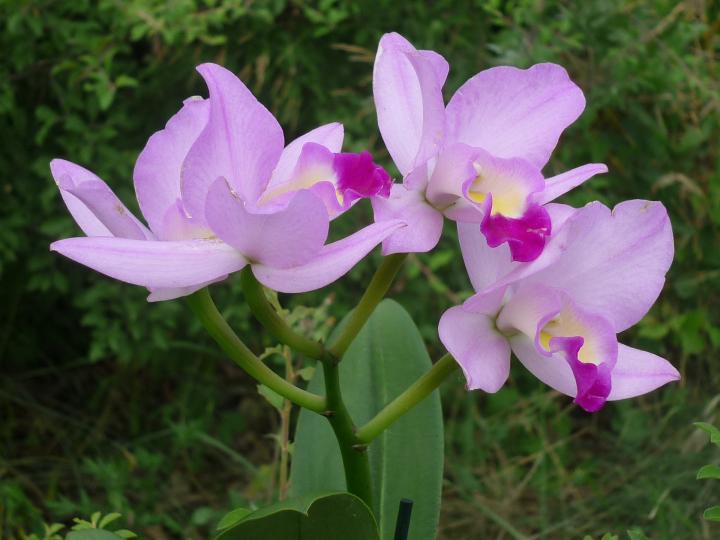
- Oncidium, the “dancing lady orchid” (usually epiphytic): Easy-to-grow Oncidium bears small flowers that sway like dancing ballerinas. These fast-growing, fanciful flowers appear in every size, shape, and color that you can imagine. It needs filtered light 5 to 8 hours a day.
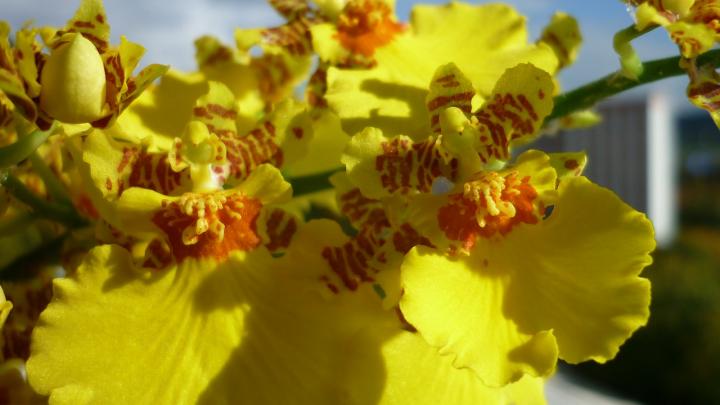
- Phalaenopsis, the “moth orchid” (epiphytic): The best choice for beginners, this is easy to tend and fast-growing, producing lavish sprays of white, pink, yellow, red, spotted or striped blossoms that last for 3 to 6 weeks. It’s very cold sensitive and needs a lot of humidity. Feed it well.
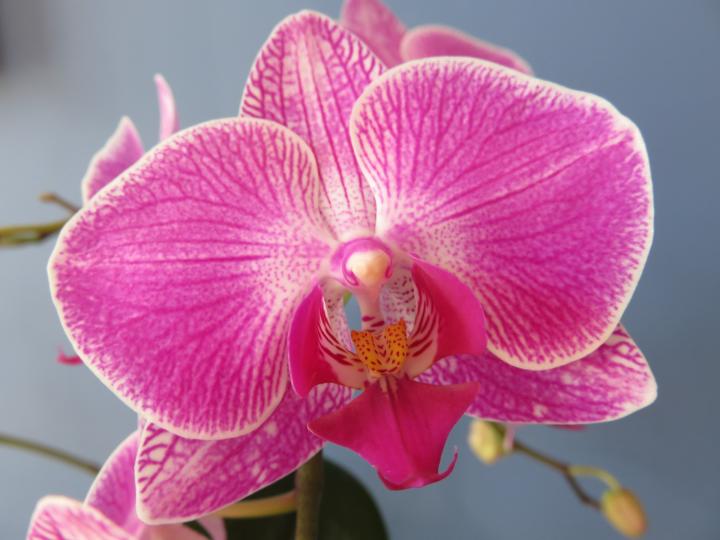
- Cymbidium, the “buttonhole orchid” (usually terrestrial, or earth-growing): Expect intricate, arching sprays with double rows of big (3- to 5-inch) bold blossoms in colors from pastel to primary. Native in many parts of Asia, cool-loving Cymbidiums are really outdoor orchids; in southern California, they’re ideal garden plants. Cymbidiums are often fragrant, especially those with green flowers.
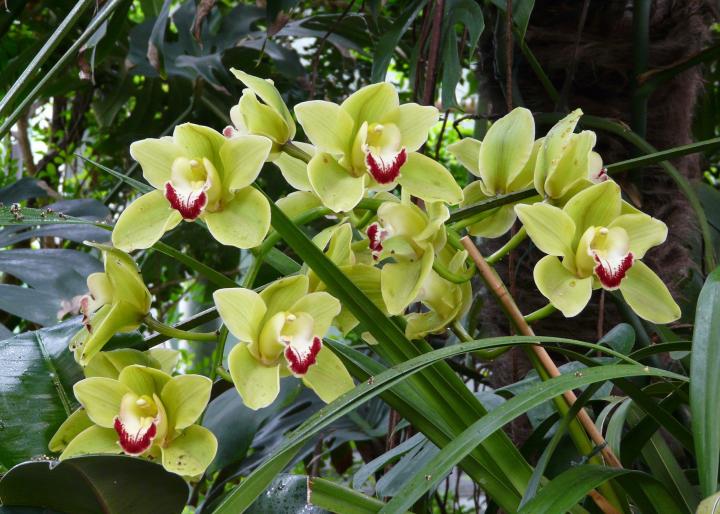
- Paphiopedilum, the “slipper orchid” (terrestrial): Often called “Lady’s Slippers,” this orchid is great for beginners and one of the easiest orchids to grow. Slipper orchids have long-lasting blooms, flaunting outlandish flowers in sensational and mysterious hues. They also have patterned foliage that is attractive even when not in bloom. Lady’s Slippers come in many colors and patterns.
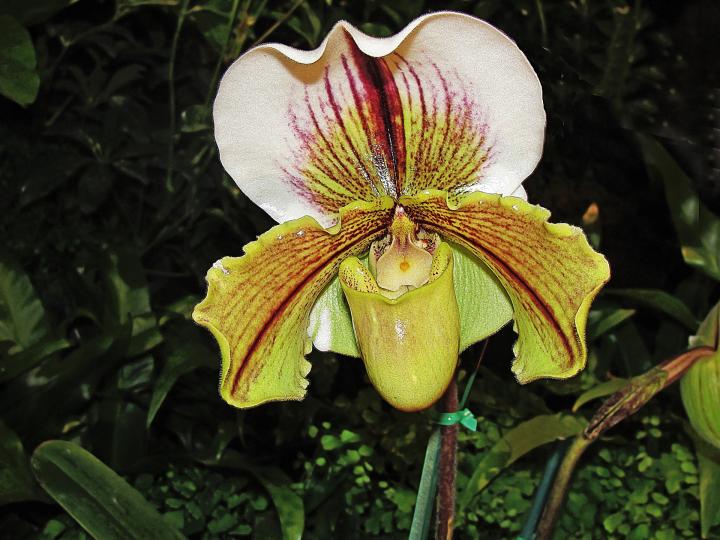
- Dendrobium, the “orchid of many faces” (usually epiphytic): This light-loving plant thrives when it’s potbound, can’t stand to have wet feet, and doesn’t like to be disturbed. The flowers are most often white or purple and white. Use a small pot and repot it only every few years.
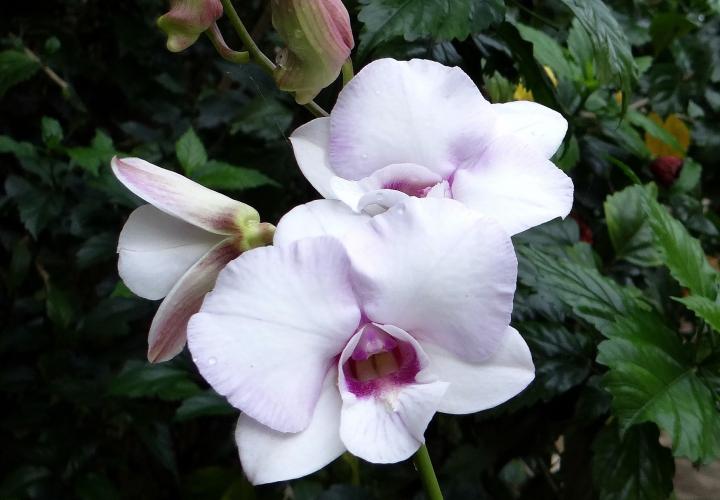
Dyed Orchids
You may occasionally see Phalaenopsis orchids with neon blue or bright orange flowers for sale in stores. Unfortunately, these flowers have been dyed, which means that the flower will not be the same bright color if the plant blooms again. There’s nothing wrong with buying these plants, but you should know that they’ll produce only white or light pink flowers in the future.
Fragrant Orchids
Some orchids have an amazing fragrance. Among the most sweet-smelling are…
- Angranthes grandalena: sweet jasmine
- Brassavola nodosa: freesia or lily-of-the-valley
- Cattleya walkeriana and hybrids: cinnamon and vanilla
- Maxillaria tenuifolia: roasted coconut
- Miltoniopsis santanaei: roses
- Neofinetia falcata: jasmine
- Oncidium ‘Sharry Baby’: vanilla and chocolate
- Phalaenopsis bellina: freesia with a touch of lemon
- Phalaenopsis violacea: spicy, cinnamon
- Rhynchostylis gigantea: powerful citrus
- Zygopetalum: hyacinth
Gardening Products
Hi KaySea,
Sorry to hear about your orchids. They certainly can be finicky. From what you described, it sounds like your orchid is going through what is known as bud blast. Bud blast occurs when either all or some buds wither and fall from an otherwise healthy plant, and may happen for a number of reasons. Sudden temperature changes, incorrect watering (either too much or too little), improper fertilization, incorrect lighting (too much direct sun or not enough), lack of humidity, or pest issues are all causes that can lead to bud blast. If you suspect one of these are the issue, you should promptly work to correct it. It might take some trial and error to get to the root of the issue.
Another idea is that depending on the last time you repotted your orchid, it might be time to give it a new home with new potting mix. Follow the instructions above and pay close attention to the potting mix used because standard potting mix is not recommended for orchids as it needs to be very light, porous, and fast-draining.
Hope this helps!
Hi Karen,
There are a number of reasons why orchid leaves will turn yellow, including too much direct light, too little light, temperature stress, and improper watering. In your case, it sounds as though your orchid is receiving too little water, which is causing the leaves to yellow and soften.
Without access to enough water, orchids can not absorb the vital nutrients it needs to stay happy and healthy. A shot glass worth of water once a week appears to be too little for its needs.
You can give your orchid a thorough watering. Hold the pot under a running faucet, using lukewarm (tepid) water, until water runs out of the drainage holes at the bottom. This will thoroughly moisten the potting medium. Then wait for the growing medium to dry before watering it again. The rule of thumb is to water once a week in winter.
It may take a few days for your orchid to perk up from its dehydrated state, so keep an eye on it and check the medium often to make sure it is not drying out too much between waterings.
Is the inner plastic pot solid plastic or does it have holes for air flow? If it's the latter, then it would be good to allow for the roots to "breath" by giving them a bit more space. Phalaenopsis orchids are epiphytes, which means that they grow on tree branches, cliff faces, logs, or other structures—anywhere that isn't directly in the dirt. This means that they prefer to have a bit of air flow around their roots. They are "aerial roots," after all! It does mean that the roots will dry out more quickly, but this is actually preferable!
- « Previous
- 1
- 2
- …
- 10
- Next »

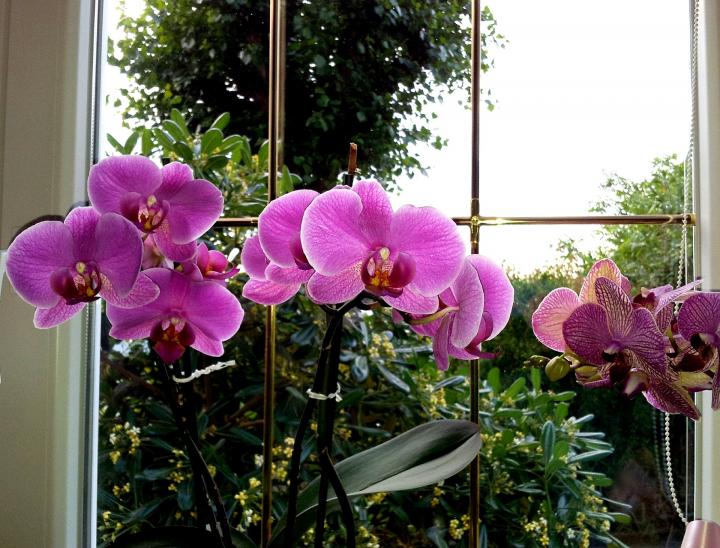
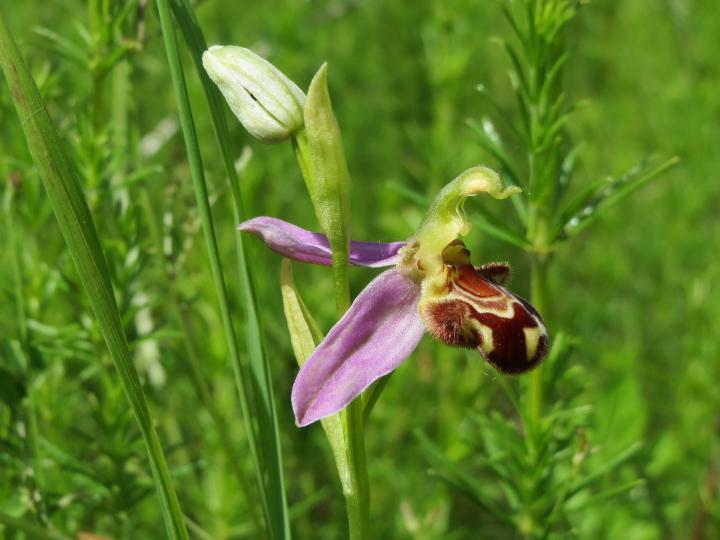









Comments